Home>Furniture & Design>Bathroom Accessories>How To Wash Baby Bath Toys
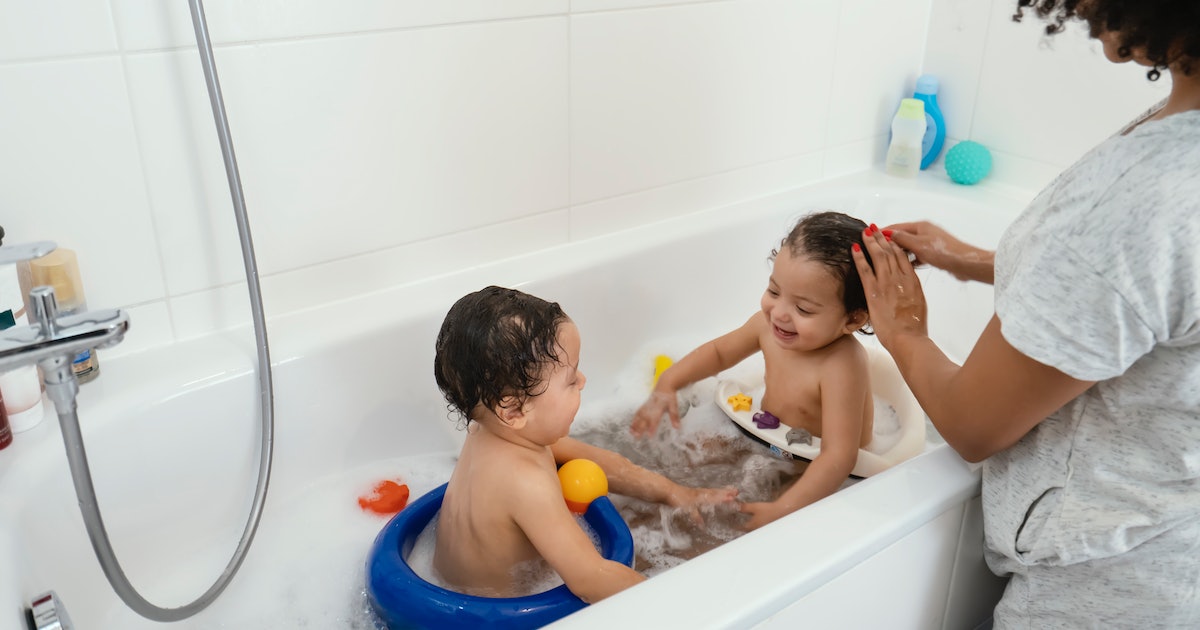

Bathroom Accessories
How To Wash Baby Bath Toys
Published: February 16, 2024
Learn how to properly clean and sanitize your bathroom accessories, including baby bath toys, with our expert tips and advice. Keep your little one's toys safe and germ-free.
(Many of the links in this article redirect to a specific reviewed product. Your purchase of these products through affiliate links helps to generate commission for Storables.com, at no extra cost. Learn more)
Introduction
Bath time is a joyful and essential part of a baby's routine, providing not only a chance for cleanliness but also a wonderful opportunity for play and exploration. Baby bath toys are often the highlight of this experience, captivating little ones with their vibrant colors, textures, and squeaky sounds. However, while these toys bring immense joy to babies, they can also harbor hidden germs and bacteria if not cleaned regularly.
In this comprehensive guide, we will delve into the importance of cleaning baby bath toys and provide a step-by-step approach to ensure these beloved playthings remain safe and hygienic for your little one. By understanding the significance of maintaining clean bath toys and learning the proper techniques for cleaning them, you can promote a healthy and enjoyable bath time experience for your baby.
Join us as we explore the materials needed for cleaning, the step-by-step guide to washing baby bath toys, and valuable tips for maintaining cleanliness. Let's embark on this journey to ensure that your baby's bath toys remain not only fun and engaging but also impeccably clean and safe.
Key Takeaways:
- Regularly cleaning baby bath toys is crucial to keep them free from germs, mold, and mildew, ensuring a safe and enjoyable bath time for your little one.
- Using gentle soap, vinegar, and proper drying techniques can help maintain the cleanliness and safety of baby bath toys, promoting a healthy and fun bath time experience.
Read more: When Do Babies Use Bath Toys
Why It's Important to Clean Baby Bath Toys
Ensuring the cleanliness of baby bath toys is of paramount importance for several compelling reasons. While these toys serve as delightful companions during bath time, they are also susceptible to accumulating germs, mold, and mildew due to their frequent exposure to water and moisture. Here are the key reasons why regular cleaning of baby bath toys is crucial:
-
Health and Hygiene: Babies are naturally curious and often explore the world around them by putting objects, including bath toys, into their mouths. Consequently, any germs or bacteria present on these toys can be easily ingested, potentially leading to illnesses or infections. By maintaining clean bath toys, you can minimize the risk of your baby coming into contact with harmful pathogens, thereby safeguarding their health and well-being.
-
Prevention of Mold and Mildew: The warm and damp environment of the bath area provides an ideal breeding ground for mold and mildew. If baby bath toys are not thoroughly cleaned and dried after each use, they can become a haven for these unsightly and potentially harmful substances. Regular cleaning helps prevent the growth of mold and mildew, ensuring that the toys remain safe for your baby to play with.
-
Prolonged Durability: Proper maintenance and cleaning of bath toys can significantly extend their lifespan. Regular removal of soap scum, dirt, and other residues not only keeps the toys looking vibrant and appealing but also prevents deterioration over time. This, in turn, allows your baby to continue enjoying their favorite bath toys for an extended period.
-
Promotion of Healthy Bath Time Rituals: By instilling the habit of cleaning bath toys, you are also imparting valuable lessons to your child about the importance of hygiene and cleanliness. This practice sets the foundation for healthy habits and rituals, emphasizing the significance of maintaining a clean and sanitized environment, even during playtime.
In essence, the regular cleaning of baby bath toys is essential for safeguarding your baby's health, preventing the growth of mold and mildew, prolonging the toys' durability, and instilling healthy hygiene practices. By understanding the significance of maintaining clean bath toys, you can ensure that your baby's bath time remains a safe, enjoyable, and hygienic experience.
Materials Needed for Cleaning
To effectively clean and sanitize baby bath toys, you will need a few essential materials that are readily available and safe for use around your little one. These materials are specifically chosen to ensure thorough cleaning while prioritizing the safety and well-being of your baby. Here are the key materials needed for cleaning baby bath toys:
-
Mild Liquid Soap: Opt for a gentle, baby-safe liquid soap that is free from harsh chemicals and fragrances. This type of soap is ideal for effectively removing dirt, grime, and any residual soap scum from the bath toys without posing any risk to your baby's delicate skin.
-
White Vinegar: White vinegar is a versatile and natural cleaning agent that is highly effective in combating mold, mildew, and bacteria. It serves as an excellent solution for disinfecting and deodorizing baby bath toys, ensuring that they remain hygienic and safe for your baby to play with.
-
Soft-bristled Brush or Cloth: A soft-bristled brush or cloth is essential for gently scrubbing the surfaces of the bath toys, particularly those with intricate designs or hard-to-reach areas. This tool aids in thorough cleaning without causing any damage to the toys.
-
Hot Water: Hot water is a powerful ally in the fight against germs and bacteria. It helps to effectively loosen and remove dirt and grime from the bath toys, ensuring a deep and thorough cleaning process.
-
Clean Towels: Having clean, dry towels on hand is crucial for drying the bath toys after cleaning. Ensure that the towels are free from any lingering detergent or fabric softener residues to prevent any potential skin irritation for your baby.
-
Drying Rack or Sunlight: After cleaning, proper drying is essential to prevent the growth of mold and mildew. A drying rack allows for adequate air circulation around the toys, facilitating thorough drying. Alternatively, placing the toys in direct sunlight can also aid in natural disinfection and drying.
By gathering these essential materials, you can embark on the journey of effectively cleaning and maintaining the hygiene of your baby's bath toys. These materials are carefully selected to ensure that the cleaning process is gentle, thorough, and safe for your little one, allowing them to continue enjoying their bath time with clean and sanitized toys.
To wash baby bath toys, mix equal parts white vinegar and hot water in a bowl. Soak the toys for 10-15 minutes, then scrub with a brush and rinse thoroughly. Allow them to air dry completely before returning them to the bath.
Step-by-Step Guide to Washing Baby Bath Toys
-
Gather the Toys: Collect all the baby bath toys scattered in the tub or around the bathroom. Ensure that none are left behind, including rubber ducks, squirt toys, and any other plastic or rubber toys designed for bath time.
-
Inspect for Mold or Mildew: Before proceeding with the cleaning process, carefully inspect each toy for any signs of mold or mildew. If you notice any dark spots or discoloration, set these toys aside for a more thorough cleaning process.
-
Preparation of Cleaning Solution: In a clean basin or sink, mix a solution of warm water and mild liquid soap. Ensure that the water is comfortably warm but not too hot, as extreme temperatures can damage certain bath toys.
-
Submerge and Soak: Submerge the bath toys in the prepared cleaning solution, ensuring that each toy is fully immersed. Allow the toys to soak for at least 10-15 minutes to loosen any dirt, soap scum, and potential bacteria.
-
Scrub and Rinse: Using a soft-bristled brush or cloth, gently scrub the surfaces of the bath toys to remove any visible dirt or grime. Pay special attention to any crevices or intricate designs where dirt may be trapped. Once scrubbed, thoroughly rinse each toy under running water to remove the soap residue.
-
Disinfect with Vinegar: For toys that showed signs of mold or mildew, create a solution of equal parts white vinegar and water. Submerge these toys in the vinegar solution for an additional 10-15 minutes to effectively disinfect and eliminate any mold or mildew present.
-
Final Rinse and Dry: After the cleaning and disinfection process, give the bath toys a final rinse under running water to ensure that all cleaning agents are completely removed. Once rinsed, use clean towels to pat dry each toy thoroughly.
-
Air Drying: Arrange the bath toys on a drying rack or place them in direct sunlight to air dry completely. Proper drying is essential to prevent the growth of mold and mildew, ensuring that the toys remain hygienic and safe for your baby to use.
By following this step-by-step guide, you can effectively clean and sanitize your baby's bath toys, promoting a healthy and enjoyable bath time experience for your little one. Regularly incorporating this cleaning routine into your baby's bath time ritual will help maintain the cleanliness and safety of the toys, allowing your baby to continue delighting in their favorite bath time companions.
Tips for Maintaining Cleanliness
Ensuring the ongoing cleanliness of baby bath toys is essential for upholding a hygienic and safe environment for your little one. Here are valuable tips to help you maintain the cleanliness of these beloved playthings:
-
Regular Inspection: Schedule routine inspections of the bath toys to check for any signs of mold, mildew, or accumulated grime. By promptly identifying and addressing any issues, you can prevent the spread of potential contaminants and maintain the toys in optimal condition.
-
Frequent Cleaning: Incorporate a regular cleaning schedule for the bath toys, aiming to clean them at least once a week. Consistent cleaning prevents the buildup of dirt, soap residue, and bacteria, ensuring that the toys remain safe for your baby to play with.
-
Proper Drying: After each use, thoroughly dry the bath toys to prevent the growth of mold and mildew. Ensure that the toys are completely dry before storing them, and consider using a drying rack or exposing them to sunlight for natural disinfection and drying.
-
Storage Considerations: Store the bath toys in a well-ventilated area to prevent the accumulation of moisture. Utilize mesh bags or open containers that allow for air circulation, reducing the likelihood of mold growth and maintaining the toys' cleanliness.
-
Rotating Toys: Consider rotating the selection of bath toys used during each bath time. This practice not only keeps the play experience exciting for your baby but also allows you to regularly clean and inspect the entire collection of toys.
-
Avoiding Standing Water: Minimize the presence of standing water in the bath area, as it can contribute to the growth of mold and mildew. After bath time, ensure that the tub and surrounding areas are thoroughly dried to maintain a clean and hygienic environment for the toys.
-
Educational Opportunities: Engage your child in the cleaning process as they grow older. Involving them in the maintenance of their bath toys not only fosters a sense of responsibility but also provides valuable lessons on the importance of cleanliness and hygiene.
By implementing these practical tips, you can uphold the cleanliness and safety of your baby's bath toys, promoting a healthy and enjoyable bath time experience. Consistent maintenance and care ensure that these cherished playthings remain not only fun and engaging but also impeccably clean and safe for your little one to enjoy.
Read more: How To Clean Squirty Bath Toys
Conclusion
In conclusion, maintaining the cleanliness of baby bath toys is a vital aspect of promoting a safe and hygienic bath time experience for your little one. By understanding the significance of regular cleaning and implementing the step-by-step guide provided, you can ensure that these beloved playthings remain free from germs, mold, and mildew, safeguarding your baby's health and well-being.
The importance of cleaning baby bath toys extends beyond mere hygiene; it also contributes to the prolonged durability of the toys and instills healthy hygiene practices in your child. By incorporating the recommended materials and techniques for cleaning, you can effectively remove dirt, grime, and potential contaminants from the bath toys, allowing your baby to continue delighting in their favorite companions during bath time.
Furthermore, the tips for maintaining cleanliness serve as valuable guidelines for ongoing care, emphasizing the significance of regular inspections, proper drying, and storage considerations. These practices not only ensure the cleanliness of the toys but also contribute to a wholesome and enjoyable bath time ritual for your baby.
As you embark on the journey of maintaining clean bath toys, remember that this process also presents an opportunity for bonding and education. Involving your child in the cleaning and maintenance of their bath toys fosters a sense of responsibility and imparts valuable lessons on the importance of cleanliness and hygiene.
Ultimately, by prioritizing the cleanliness of baby bath toys, you are creating a nurturing and safe environment for your little one to explore, play, and learn during bath time. With the knowledge and insights gained from this guide, you can confidently uphold the cleanliness and safety of your baby's bath toys, ensuring that each bath time remains a delightful and hygienic experience for your precious little one.
Frequently Asked Questions about How To Wash Baby Bath Toys
Was this page helpful?
At Storables.com, we guarantee accurate and reliable information. Our content, validated by Expert Board Contributors, is crafted following stringent Editorial Policies. We're committed to providing you with well-researched, expert-backed insights for all your informational needs.
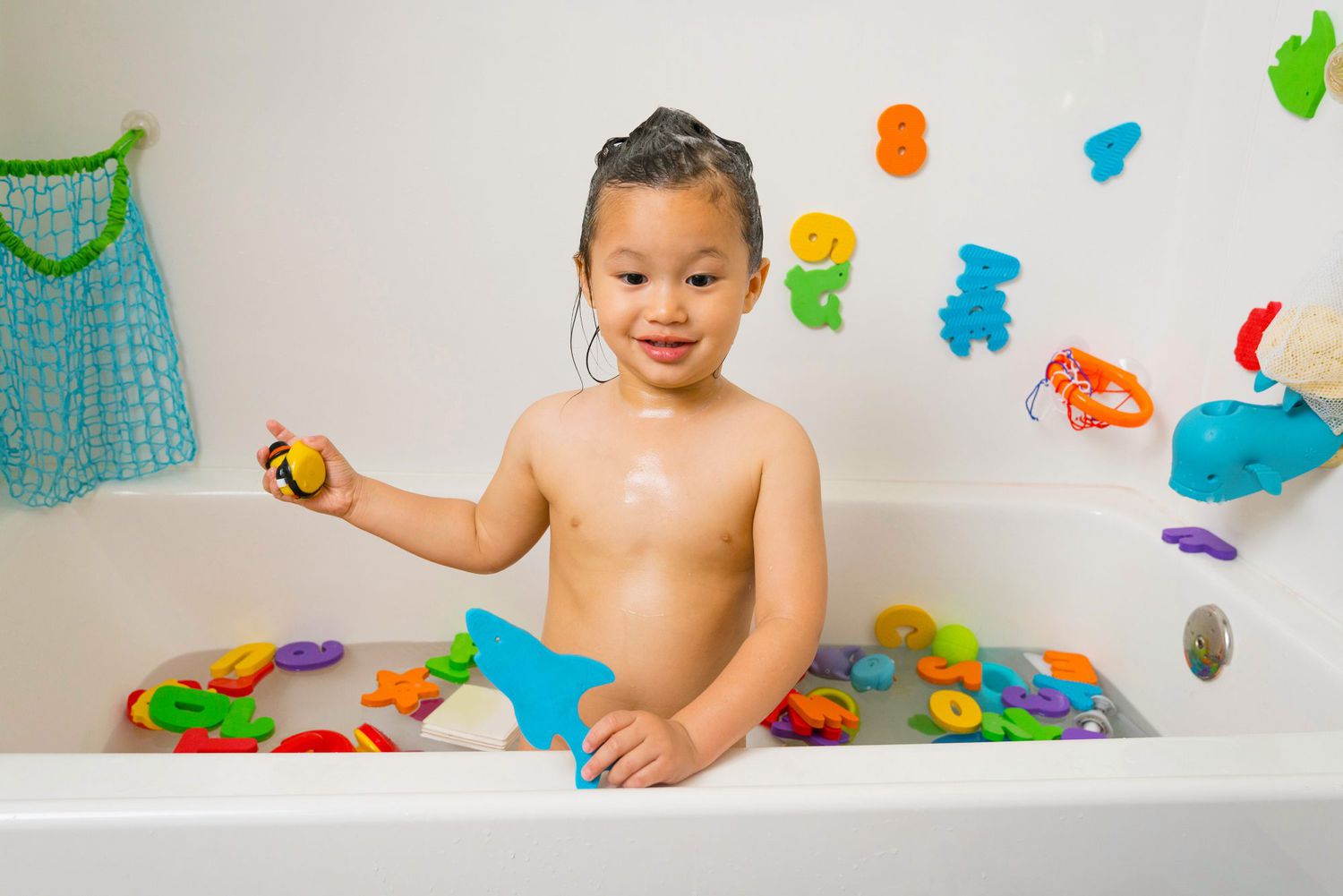
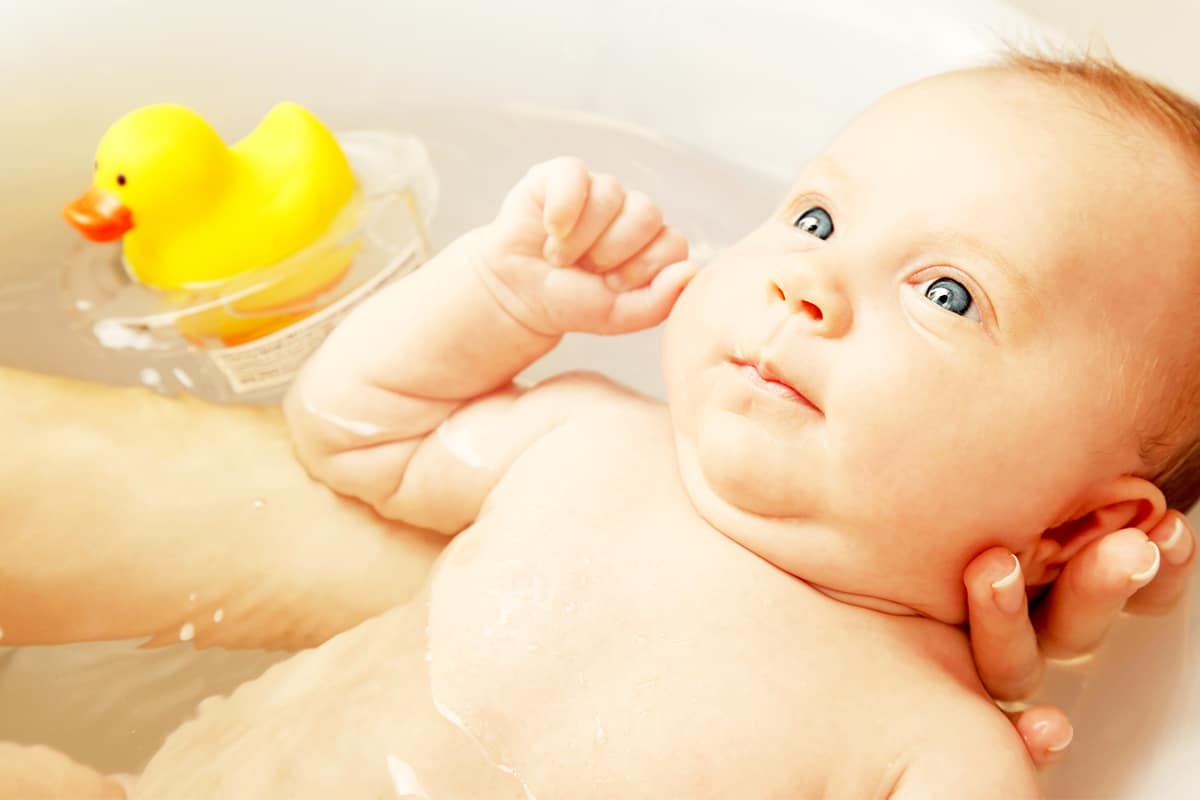
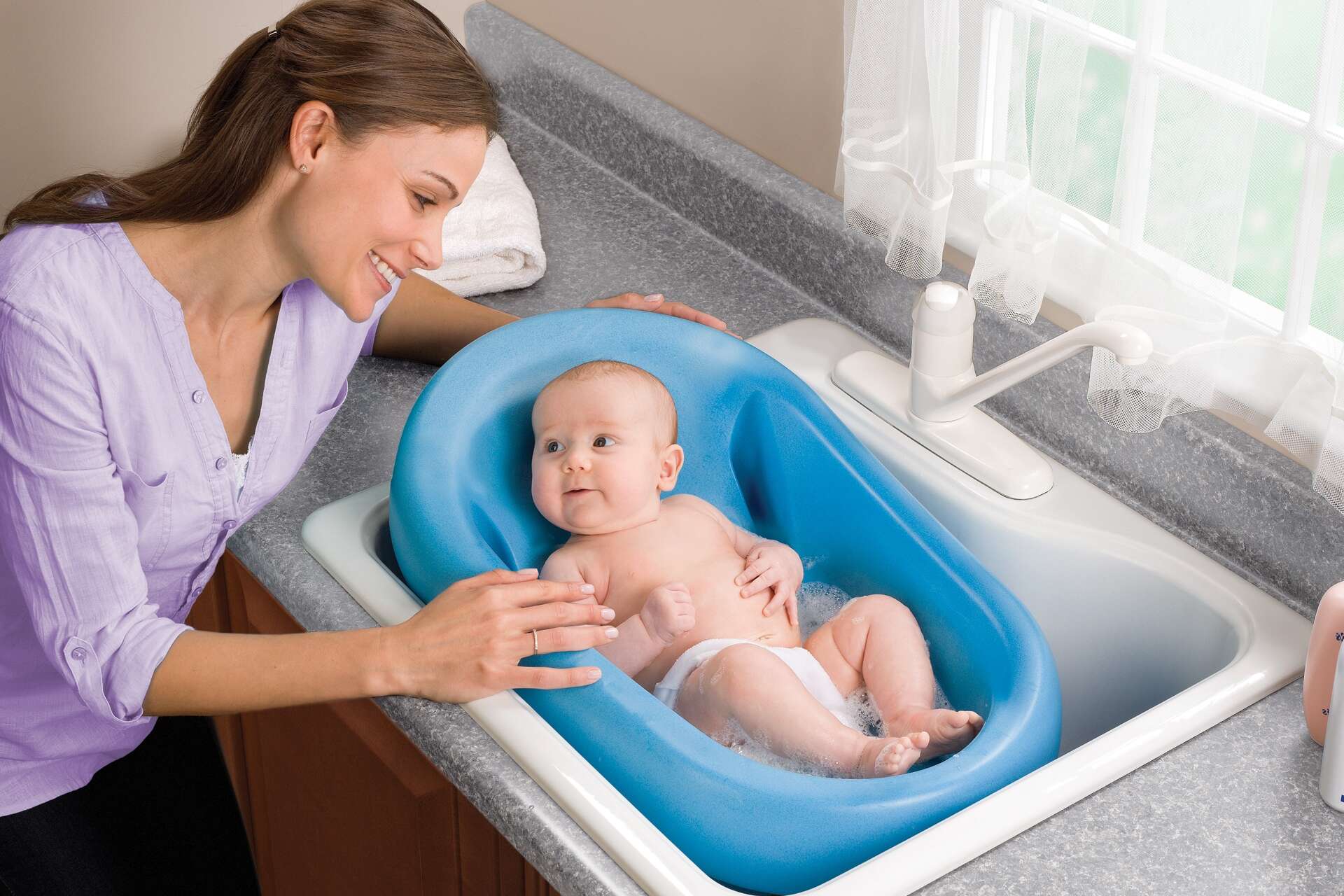
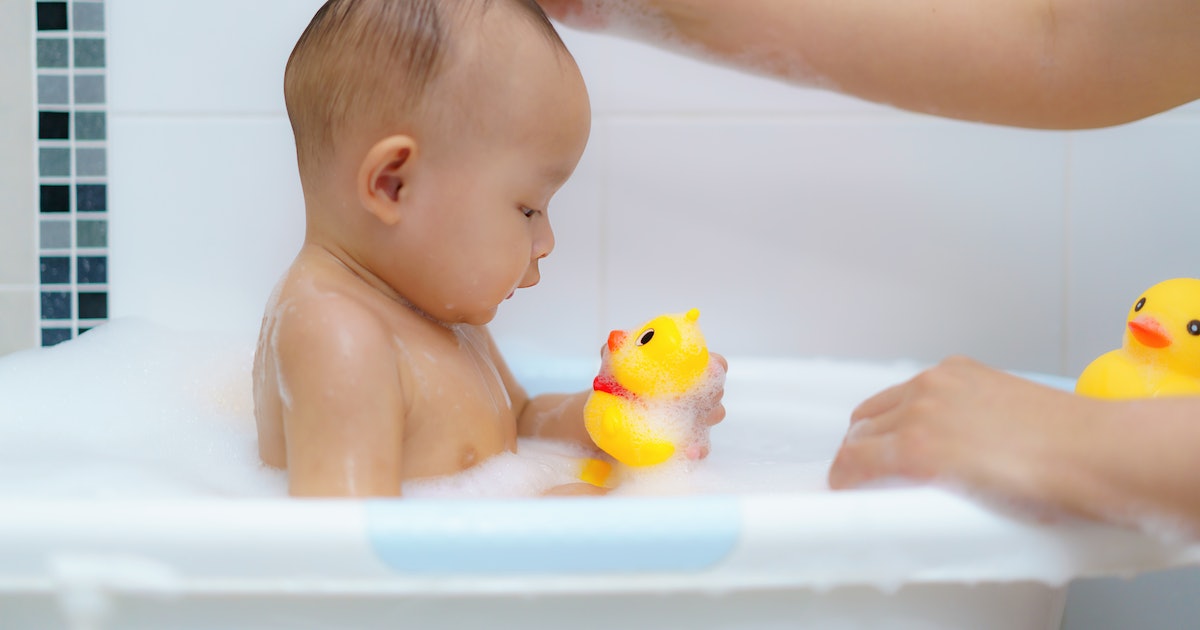
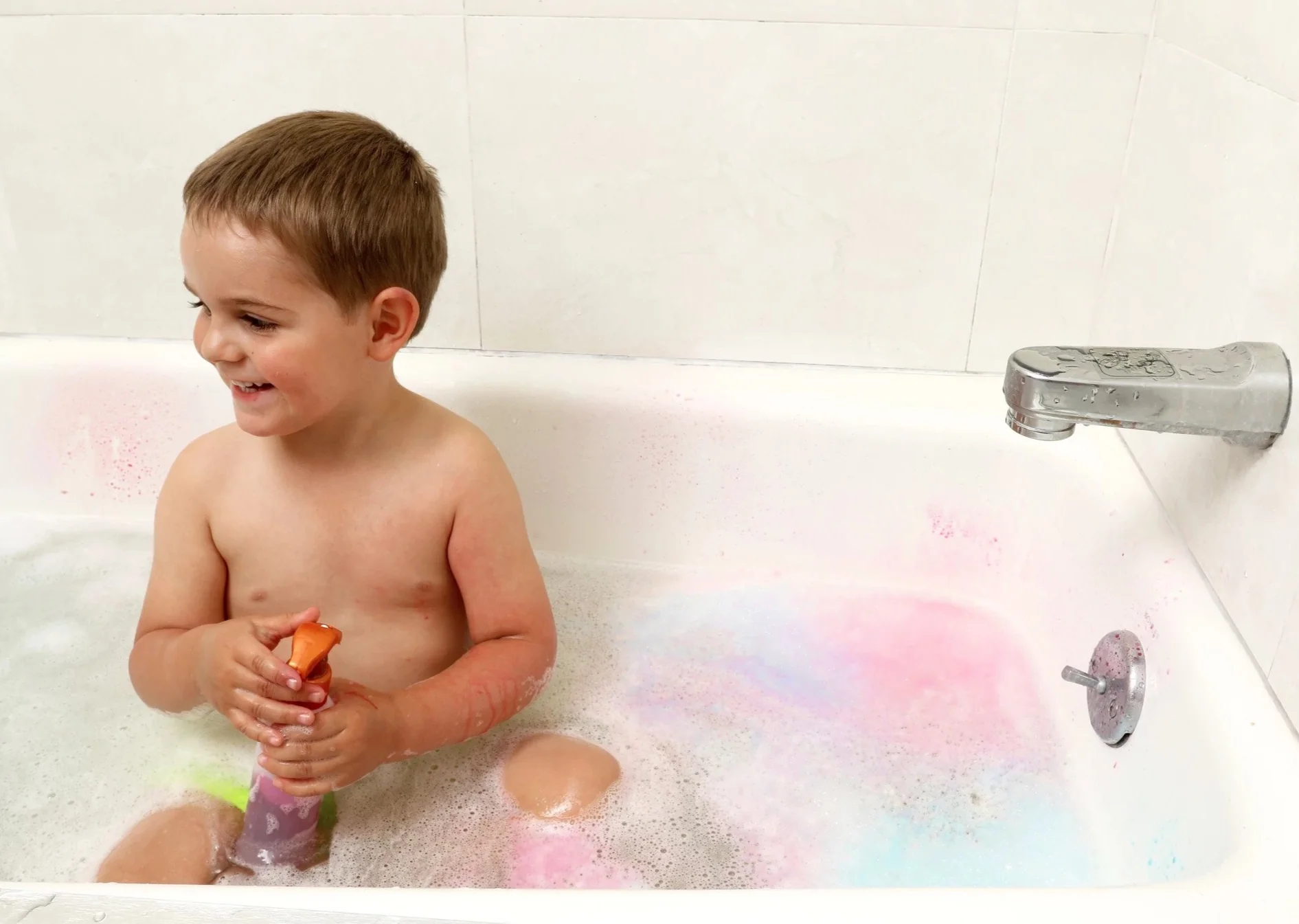
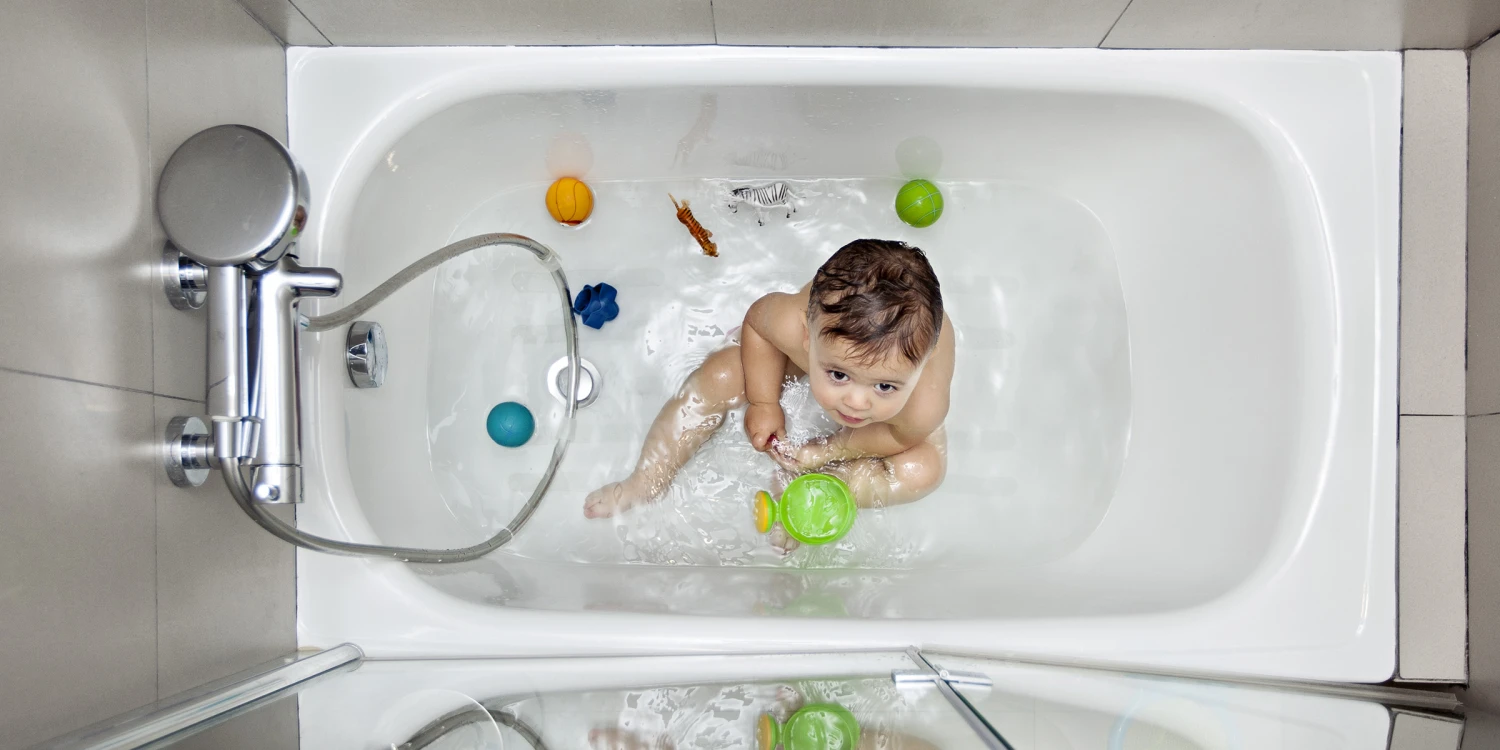
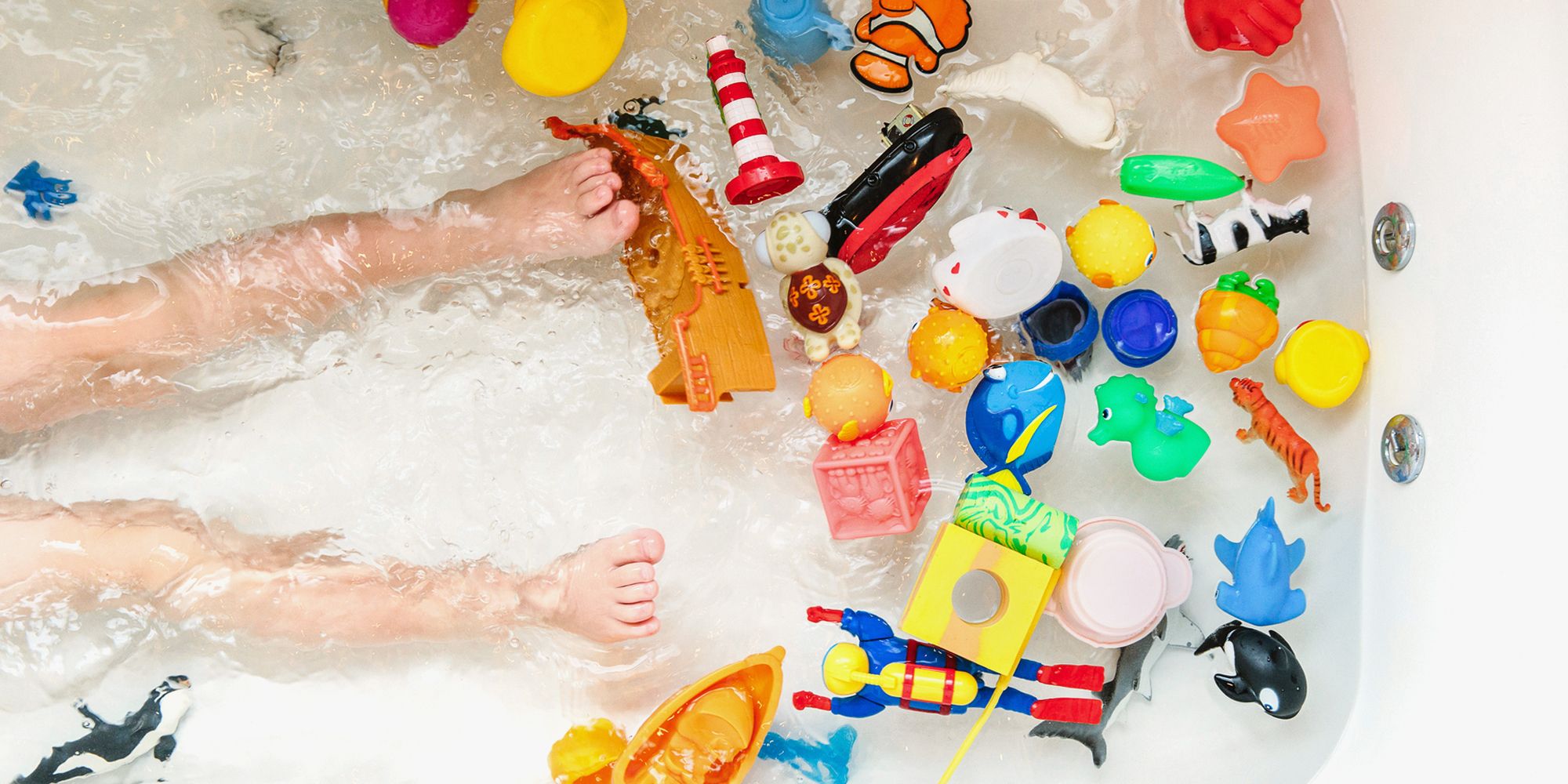
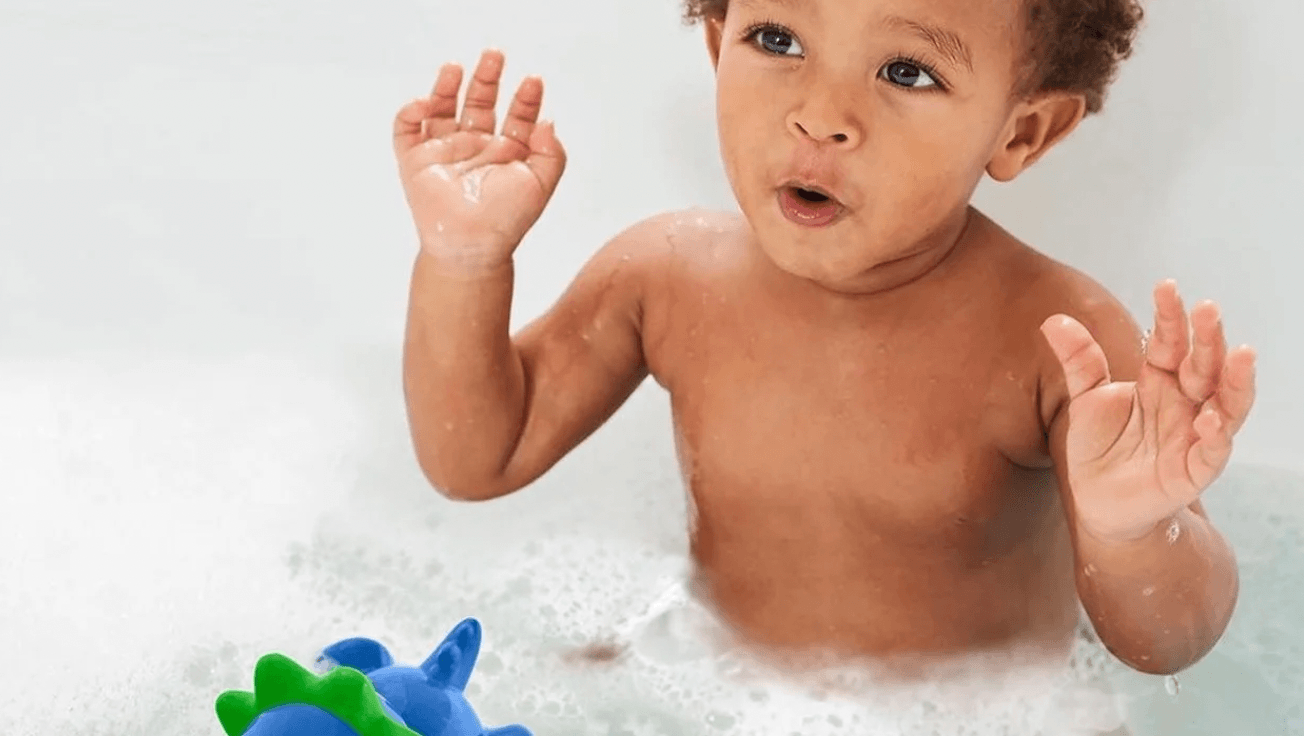
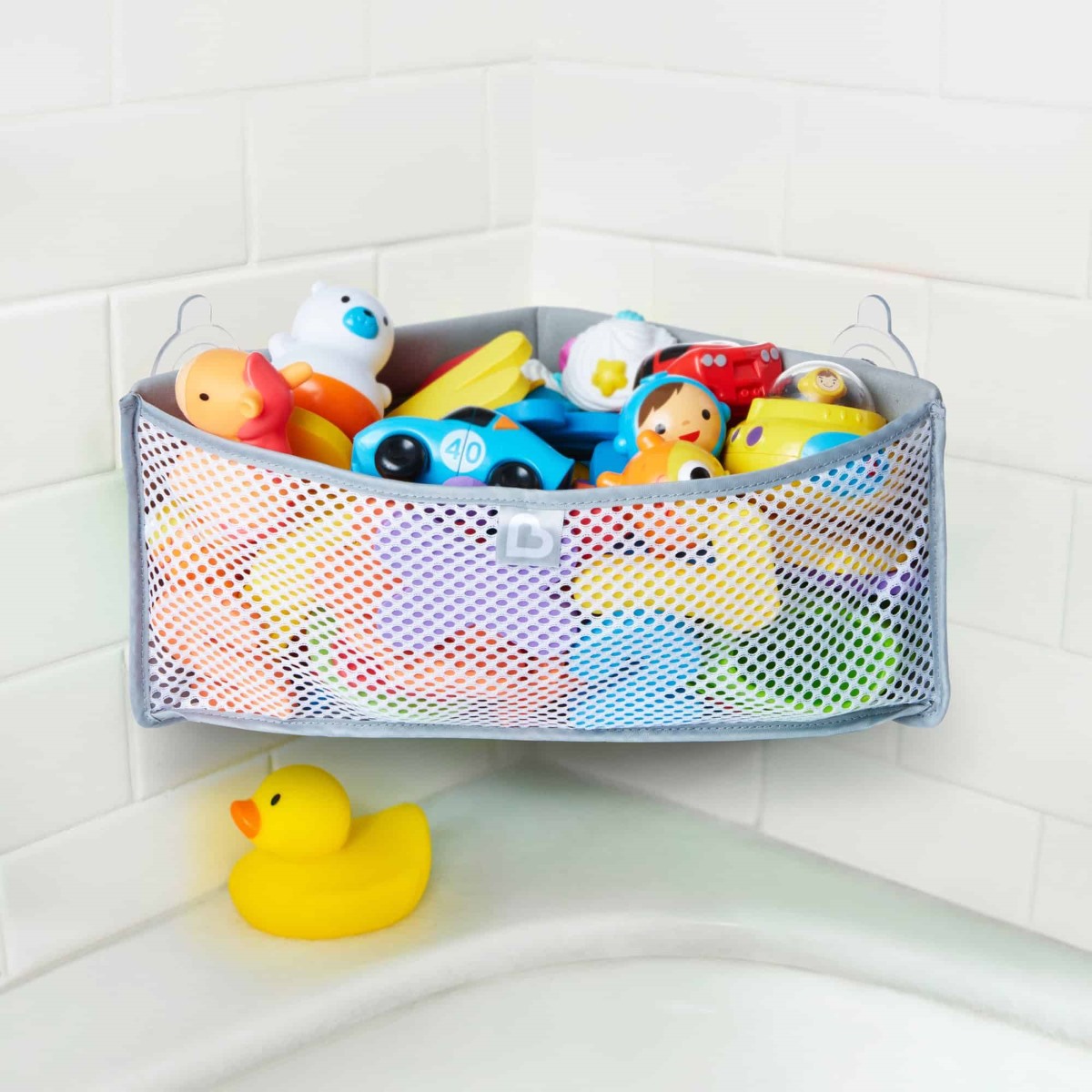
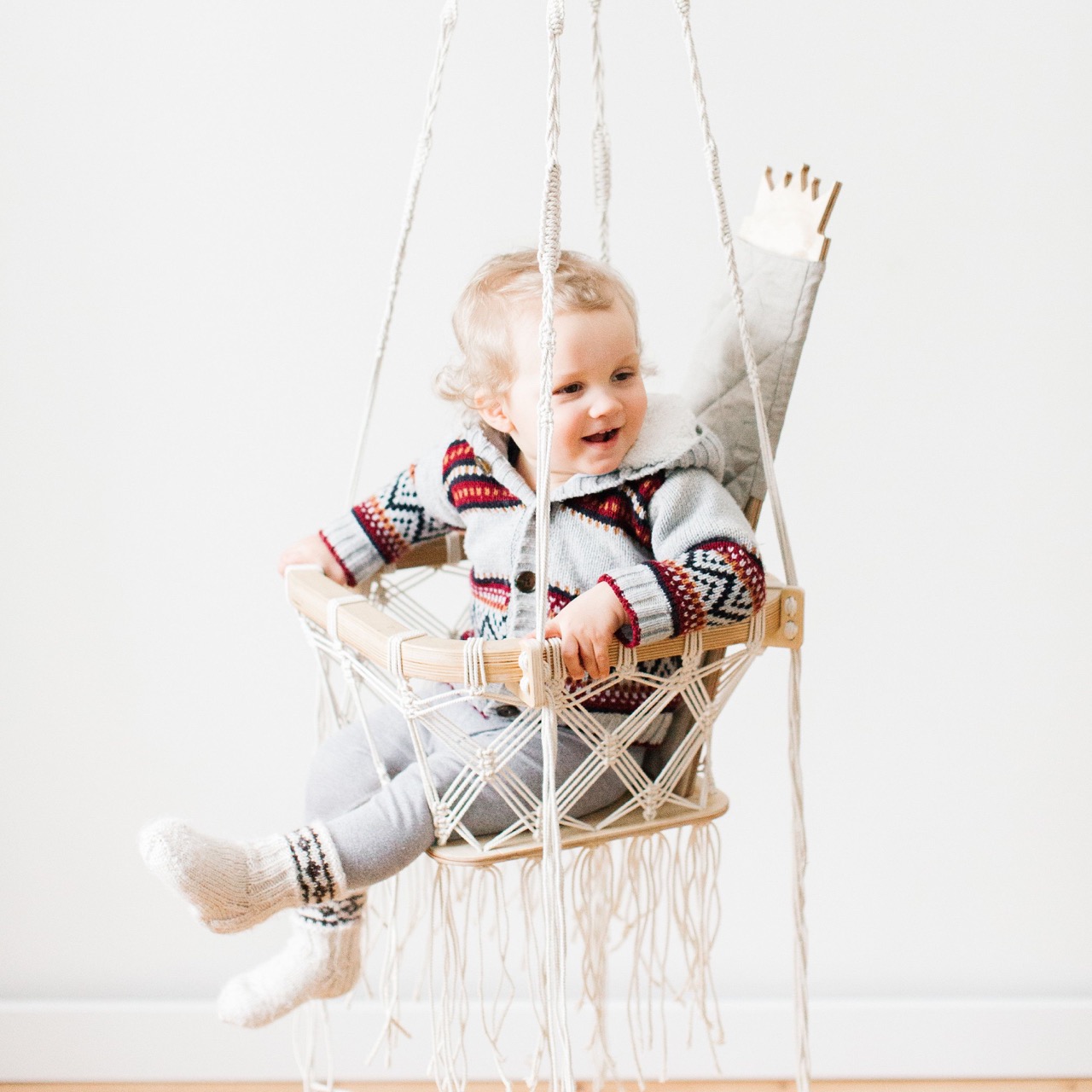
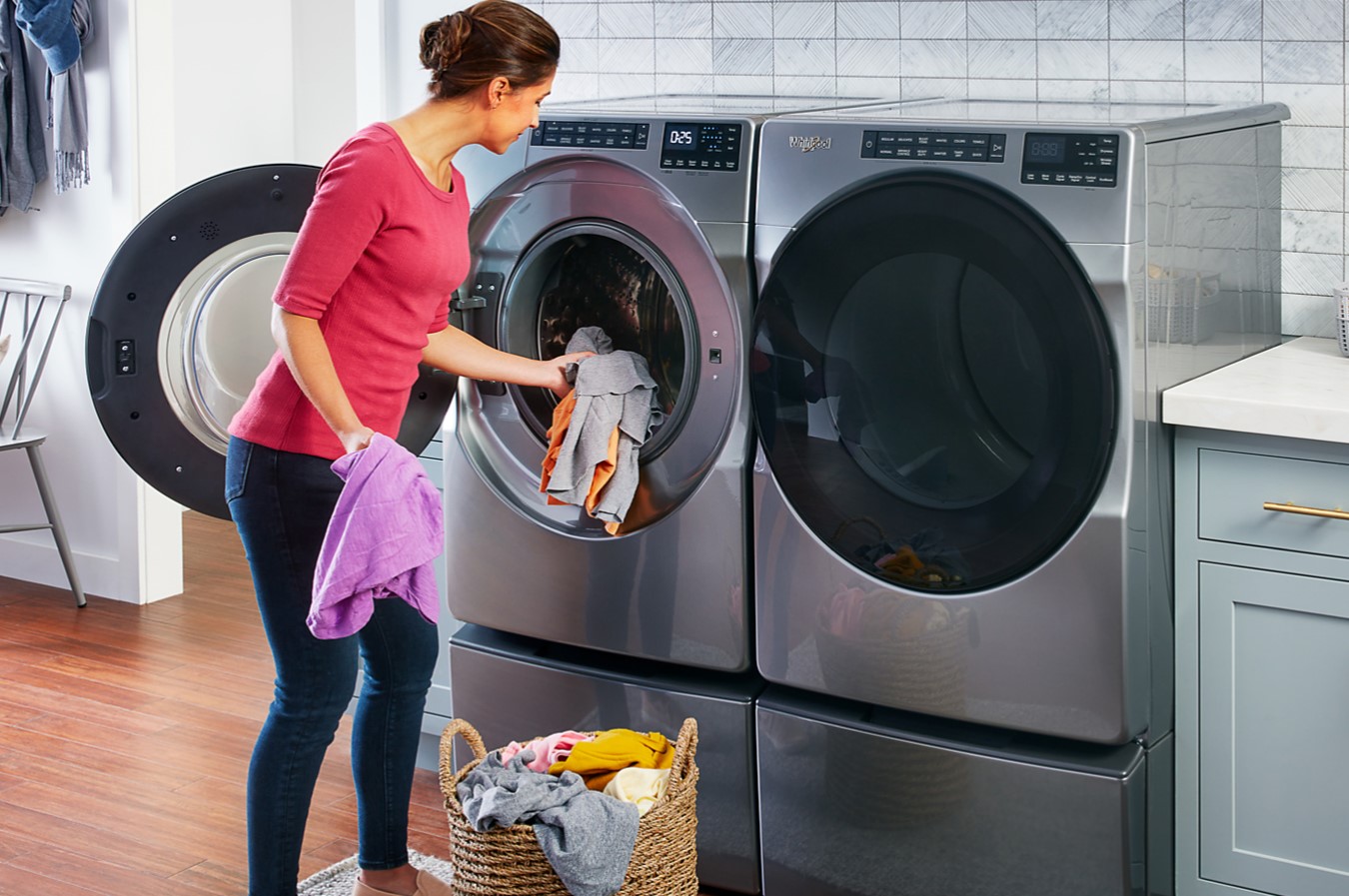
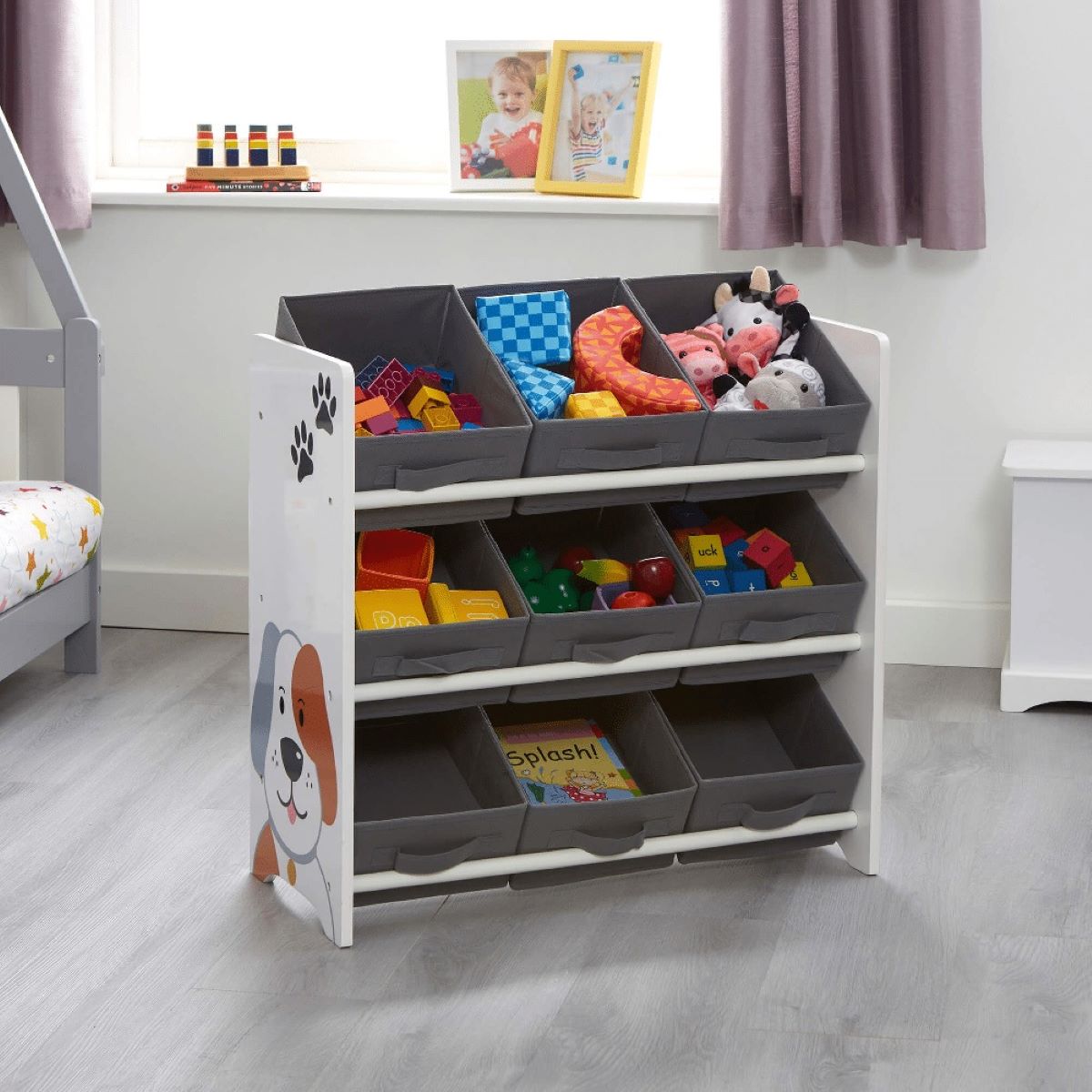
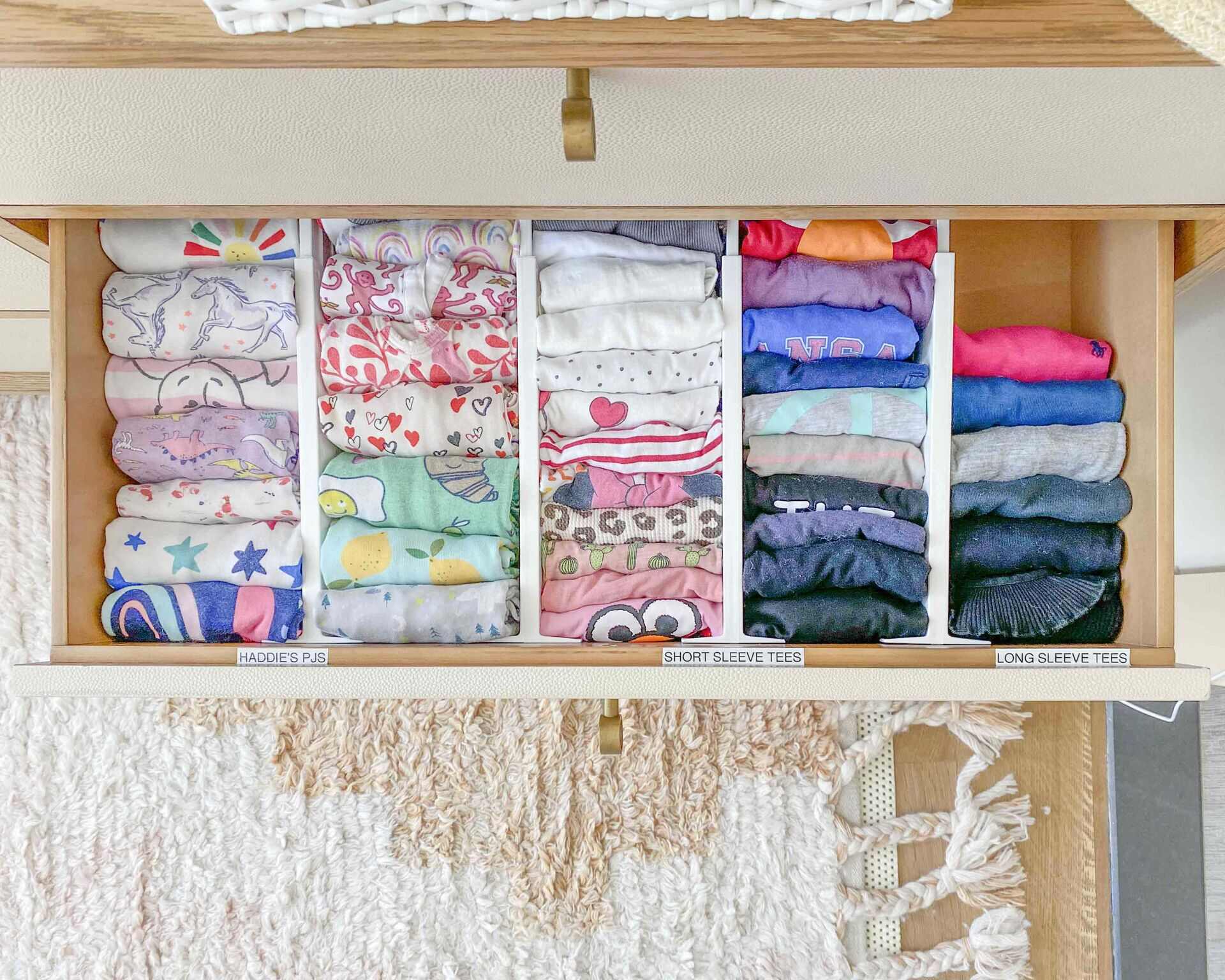
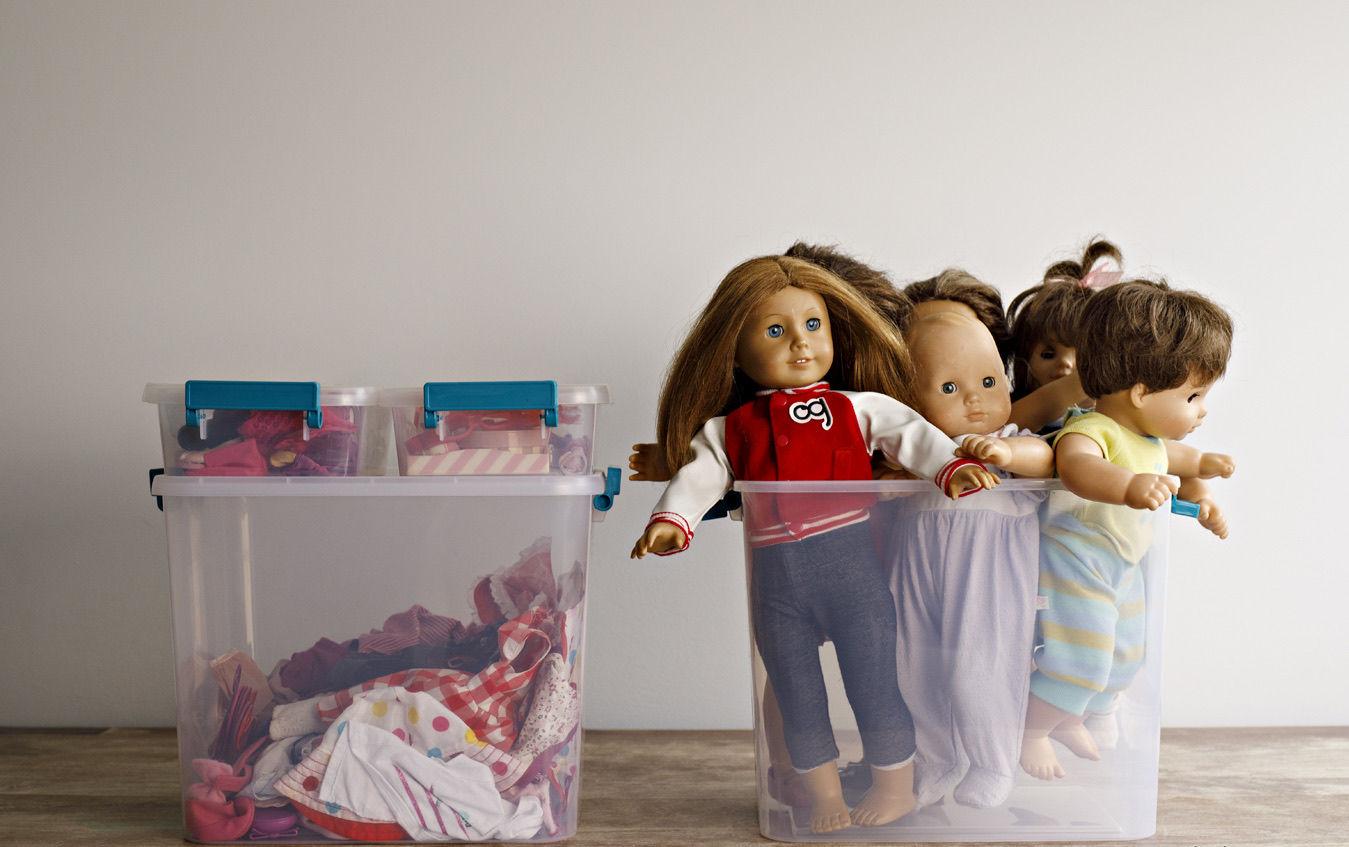

0 thoughts on “How To Wash Baby Bath Toys”